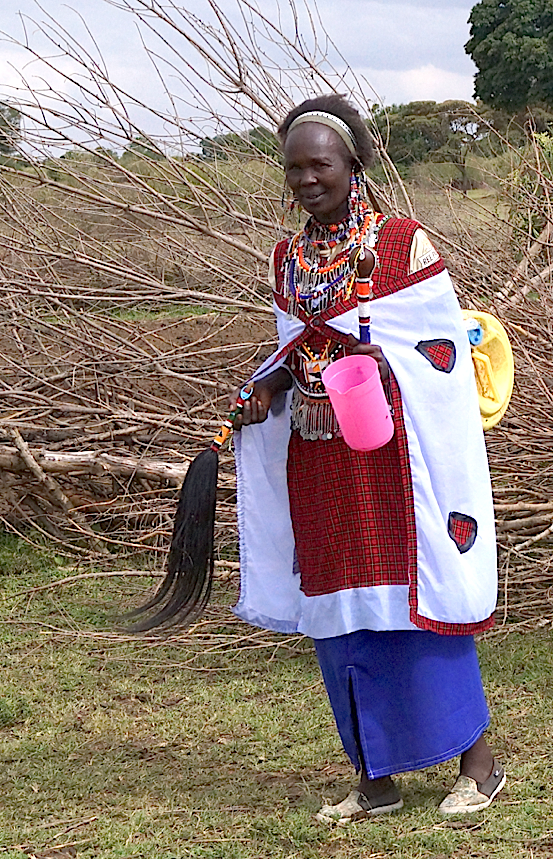Local women’s attitude towards human-wildlife conflicts in the Maasai Mara, Kenya
Student Line Bøgelund Bang, Aarhus University
Program MSc., Department of Bioscience, Aarhus University
Supervisor Professor Jens-Christian Svenning, Department of Bioscience, Ecoinformatics and Biodiversity, Aarhus University
Period October - November 2017
Area: In the Maasai Mara area in the southern part of Kenya lives the big, iconic mammals, Africa is known for. This includes the elephant, giraffe, zebra, wildebeest amongst others. Outside the protected area of Maasai Mara National Reserve, the local people live side by side with these wild animals - as they have done for thousands of years. But in recent years the area has experienced a change from large, jointly owned land to small, private owned allotments.
Importance: If we are to protect the iconic wildlife, it is essential that people and wild animals continuously can live together under an increasing level of conflict. Therefore, a study of the local people’s attitude towards the wild animals is important knowledge in the conservation of the nature and the iconic wildlife of Africa. Studies has been done but solely on men. What do the women think?
Aim: The purpose of this master study is to examine the local women’s attitude towards the wild animals. What do they think? Does their opinion differ from the opinion of men?
Hypothesis: Our hypothesis is that the women and men differ in attitude towards wildlife.
Method: To examine the hypothesis, a questionnaire is conducted during October and November 2017. The exact same questionnaire has been done on men and Dr. Femke Broekhuis from the Mara Cheetah Project has kindly provided their data to be able to compare the genders.
